1.Application of new materials: With the development of science and technology, new materials such as high-strength steel and high-performance concrete have been introduced into the space truss structure, which significantly improves the load-bearing capacity while reducing the overall weight. In addition, the introduction of advanced composite materials, such as carbon fiber reinforced polymers, reduces structural weight while maintaining excellent tensile properties, providing a new solution for the seismic and wind resistance of high-rise buildings.
2.Introduction of new structural forms: Innovative structural systems, including braced domes and adaptive frame assemblies, allow high-rise buildings to adjust their shapes in response to environmental forces, improving adaptability and safety. For example, the use of braced dome configurations enhances overall stiffness and spatial efficiency, as seen in landmark buildings like the Hand of God Cathedral, where aesthetic curvature and structural performance merge seamlessly.

3.Digital design and simulation technology: The application of advanced digital tools has transformed structural design. With the integration of CAD/CAM and BIM, accurate space frame structure details can be automatically generated, and finite element analysis allows comprehensive performance testing. This minimizes trial-and-error during the design stage and improves production efficiency.
4.Integral lifting technology: As space frame systems are increasingly used in large-span and super-tall buildings, integral lifting technology plays a key role in erecting massive steel structures. Innovations like computer-controlled hydraulic jacking systems have been essential in the construction of projects such as airport hangars, where precision and scale are paramount.
5.Application in energy-saving buildings: Mesh frames made from advanced materials like GFRP (Glass Fiber Reinforced Polymer) offer excellent insulation and light transmission. When combined with photovoltaic technologies, these structures help reduce building energy consumption and enhance indoor comfort, supporting sustainable urban development.

6.Application in urban landscape: Thanks to their high plasticity, space truss and frame systems are widely used in decorative architecture such as urban sculptures and shading installations. Modern fabrication techniques allow for more customized and expressive forms, expanding the functional and aesthetic scope of urban design.
7.Innovation of construction technology: Construction methods for space frame structures are continuously evolving. Techniques such as high-altitude in-situ assembly, synchronized hydraulic lifting, and overall prefabrication have significantly improved the speed, safety, and reliability of construction processes, especially for super-large structures.
These innovations not only improve the structural performance of high-rise buildings, but also reduce the environmental impact of the building, and promote the field of construction engineering to a more sustainable and intelligent direction.



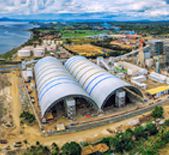
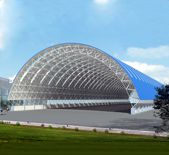
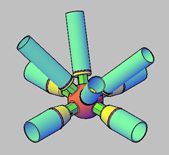
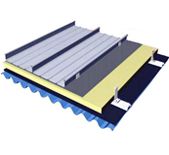
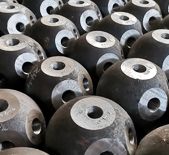



 About Us
About Us 2025-05-23
2025-05-23


